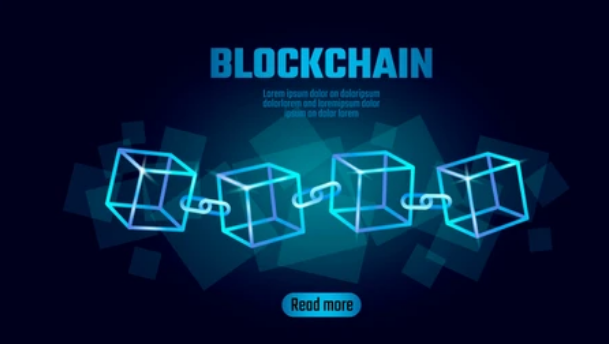In the world of digital finance, Ripple (XRP) stands out as a cryptocurrency designed to revolutionize cross-border payments. Unlike Bitcoin or Ethereum, which are often seen as investment assets or platforms for decentralized applications, Ripple’s primary goal is to enable fast, low-cost international money transfers for banks and financial institutions.
This guide explains what Ripple is, how it works, its benefits, challenges, and why it could reshape the global payments landscape.
What Is Ripple (XRP)?
Ripple is both a platform and a digital currency:
- RippleNet: A payment network that connects banks, payment providers, and digital asset exchanges to enable instant cross-border transactions.
- XRP: The native digital currency used to facilitate transactions on RippleNet.
Founded in 2012 by Chris Larsen and Jed McCaleb, Ripple aims to solve the slow, expensive, and inefficient process of international payments that traditional banking systems struggle with.
How Ripple Works
Ripple operates differently from most cryptocurrencies:
- Consensus Protocol Instead of Mining
Unlike Bitcoin, XRP does not rely on Proof of Work. Instead, Ripple uses a consensus ledger where trusted nodes validate transactions. This approach is faster and consumes far less energy. - Transaction Speed
XRP transactions settle in 3–5 seconds, compared to days for traditional bank transfers and 10+ minutes for Bitcoin. - Low Transaction Fees
Transaction costs are typically fractions of a cent, making Ripple extremely cost-efficient for high-volume cross-border payments. - Liquidity Solution
XRP can act as a bridge currency in cross-border payments, eliminating the need for pre-funded accounts in multiple currencies.
Why Ripple Is Important for Cross-Border Payments
Global remittances and international transactions are notoriously slow and expensive:
- Traditional systems like SWIFT can take 2–5 days to settle payments.
- Fees often range from 5% to 10% for cross-border transfers.
Ripple addresses these pain points by offering:
- Speed: Transactions clear in seconds.
- Cost Efficiency: Minimal fees reduce costs for banks and customers.
- Accessibility: Small and medium-sized enterprises (SMEs) can access faster global payments.
- Transparency: The ledger provides real-time tracking of transactions.
Benefits of Ripple (XRP) for Financial Institutions
- Real-Time Settlement – Reduces waiting times from days to seconds.
- Lower Capital Requirements – No need to pre-fund accounts in foreign currencies.
- Scalable Network – Handles thousands of transactions per second.
- Enhanced Customer Experience – Faster, cheaper international transfers benefit end-users.
XRP vs. Traditional Banking
| Feature | Traditional Banking | Ripple (XRP) |
|---|---|---|
| Transaction Speed | 2–5 days | 3–5 seconds |
| Transaction Cost | 5–10% | < $0.01 |
| Cross-Border Efficiency | Requires multiple intermediaries | Direct peer-to-peer settlement |
| Transparency | Limited tracking | Real-time ledger updates |
Ripple’s advantage is clear: it provides a modern alternative to legacy banking systems that is faster, cheaper, and more transparent.
Challenges and Controversies
Despite its promise, Ripple faces several challenges:
- Regulatory Scrutiny
Ripple has been involved in a long-running SEC lawsuit in the U.S., which questions whether XRP should be classified as a security. The outcome affects adoption and investor confidence. - Centralization Concerns
Ripple Labs controls a significant portion of XRP tokens, raising concerns about decentralization. - Competition
Other blockchain projects like Stellar (XLM) and traditional fintech companies are also targeting cross-border payments. - Bank Adoption
While Ripple has partnered with over 300 financial institutions, widespread adoption is still a work in progress.
Ripple’s Real-World Use Cases
- Remittances: Faster and cheaper money transfers for migrant workers sending funds home.
- Bank Liquidity: RippleNet reduces the need for multiple currency reserves.
- Cross-Border Payments for Corporates: SMEs and multinational companies can move money globally in seconds.
- Central Bank Digital Currencies (CBDCs): Ripple’s technology is being explored for digital currency settlements.
The Future of Ripple (XRP)
Ripple’s potential depends on several factors:
- Regulatory clarity: A positive resolution with the SEC could boost adoption.
- Banking partnerships: Increasing integration with banks and payment providers strengthens Ripple’s network.
- Global remittance demand: As international payments grow, Ripple’s cost-efficient system could gain more market share.
- Technological innovation: Ongoing improvements to RippleNet and XRP Ledger enhance scalability and utility.
Final Thoughts: Ripple’s Role in the Payments Revolution
Ripple is more than just a cryptocurrency—it is a platform designed to modernize global payments. By offering fast, cheap, and transparent cross-border transactions, Ripple has the potential to reshape the financial industry, especially for international remittances and corporate payments.
While challenges like regulatory scrutiny and competition remain, Ripple’s technology-first approach positions it as a key player in the future of global finance.





